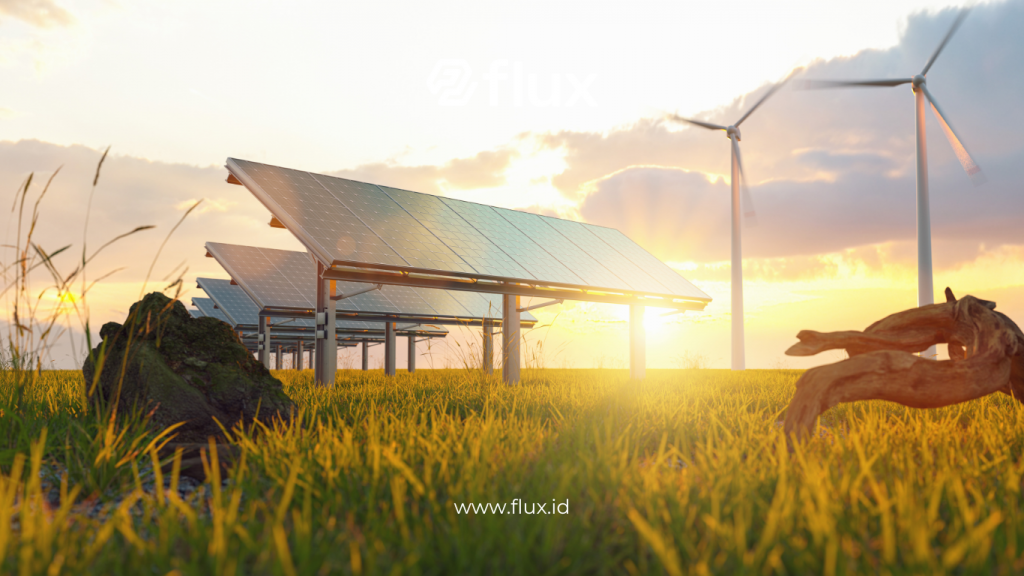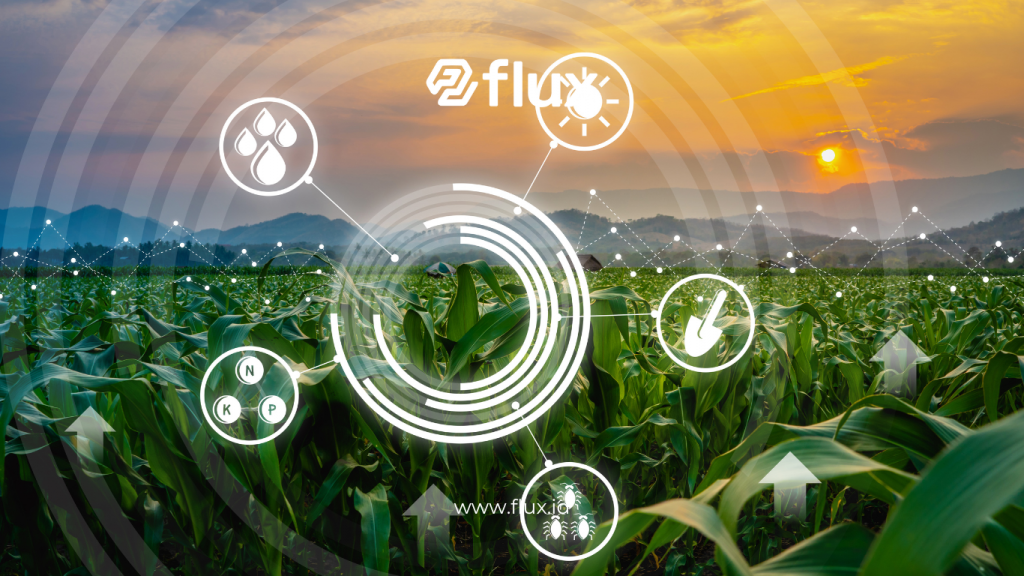Don't miss our holiday offer - 20% OFF!
In the digital age, the Internet of Things (IoT) technology is becoming more widespread across various sectors, including agriculture. By utilizing IoT sensors, farmers can now monitor crop conditions in real time, allowing for better plant health and productivity. This article discusses how IoT sensors work to monitor plant health, their benefits for modern agriculture, and how to implement them in the field.
Contents
- 1 What Are IoT Sensors in Agriculture?
- 2 Functions and Types of IoT Sensors in Agriculture
- 3 Benefits of IoT Sensors for Plant Health
- 4 How IoT Sensors Work in Monitoring Plants in Real-Time
- 5 Challenges in Implementing IoT Sensors in Agriculture
- 6 Large-Scale IoT Sensor Implementation
- 7 The Future of IoT Sensors in Agriculture
- 8 Conclusion
What Are IoT Sensors in Agriculture?

Read More: Optimizing Modern Agriculture: The Role of IoT in Enhancing Harvest Yields
IoT sensors in agriculture are devices capable of collecting and transmitting data on environmental and plant conditions. These sensors measure essential parameters, such as soil moisture, air temperature, light levels, and soil nutrient content. This data is then sent to an analytics platform that enables farmers to make informed decisions based on actual field conditions.
Functions and Types of IoT Sensors in Agriculture
- Soil Moisture Sensors
- Measure water levels in the soil, helping farmers determine the right timing and amount for irrigation. These sensors are particularly useful in areas with limited water resources.
- Air Temperature and Humidity Sensors
- These sensors monitor the air temperature and humidity around crops. Suitable environmental conditions are crucial for plant growth, so these sensors help farmers monitor local weather to take timely action.
- Light Sensors
- Measure the intensity of light that plants receive. Light is vital for photosynthesis, and monitoring it ensures plants receive adequate light for optimal growth.
- Soil Nutrient Sensors
- Monitor nutrient levels in the soil, such as nitrogen, phosphorus, and potassium. This information helps farmers determine the type and amount of fertilizer that plants need.
Benefits of IoT Sensors for Plant Health

Using IoT sensors in agriculture brings numerous benefits in terms of productivity and resource efficiency. Here are the main advantages:
- Fast and Accurate Decision-Making
- With the data generated by IoT sensors, farmers can respond to changing conditions quickly, such as adjusting irrigation or adding fertilizers when needed.
- Efficient Use of Water and Fertilizers
- IoT sensors provide accurate information about water and nutrient needs, helping farmers use resources optimally and reducing waste.
- Early Pest and Disease Control
- Environmental data, such as temperature and humidity, is also useful for the early detection of pests and diseases that frequently threaten plants.
- Improved Productivity and Quality of Agricultural Output
- With conditions continuously monitored and well-maintained, crops can grow healthier and more productive, leading to a higher quality yield.
How IoT Sensors Work in Monitoring Plants in Real-Time
IoT sensors work by collecting data from the environment or plants and then transmitting this data to a central platform accessible by farmers via devices such as smartphones or computers. Here’s a step-by-step breakdown:
- Data Collection
- Each sensor is placed in the field according to the monitoring area, such as root zones for soil moisture or near the canopy to measure light intensity.
- Data Transmission
- Data is transmitted via wireless networks, such as WiFi, Bluetooth, or cellular networks, depending on the available infrastructure at the farm location.
- Data Analysis
- Collected data is processed by cloud-based software that analyzes environmental parameters and provides recommended actions for farmers.
- Notification and Action
- When specific conditions are met, such as low soil moisture, the system sends a notification to the farmer to initiate irrigation.
Challenges in Implementing IoT Sensors in Agriculture

Despite the significant benefits, there are some challenges in implementing IoT sensors, including:
- Implementation Costs
- Installing and maintaining IoT sensors remains relatively expensive, especially for small-scale farmers with limited budgets.
- Internet Connectivity
- In some remote areas, internet access is limited or unstable, hindering data transmission from sensors to the platform.
- Technical Skills
- Using IoT sensors requires a fair understanding of technology and data analysis skills, which not all farmers possess.
- Device Maintenance
- Sensors installed in the field must be regularly checked and maintained to function optimally.
Large-Scale IoT Sensor Implementation
Many large agricultural companies and governments are starting to develop IoT sensor-based systems to support sustainable agriculture. Some countries have adopted this technology within their national programs, such as the Netherlands and Japan, known for their advanced agricultural technology.
- Pilot Projects
- Pilot programs on agricultural land are an effective way to test IoT sensors’ effectiveness before large-scale implementation.
- Partnerships with Technology Providers
- Collaborating with technology providers and governments can help reduce implementation costs and provide necessary infrastructure.
- Farmer Training
- Training and education are essential for farmers to understand the operation, benefits, and maintenance of IoT sensors.
The Future of IoT Sensors in Agriculture
With rapid technological advancement, IoT sensors are expected to become a central component in the future of agriculture. The technology is anticipated to become more affordable, accessible, and resilient. Additionally, integration with artificial intelligence (AI) can expand data analysis capabilities, assisting farmers in making more effective decisions.
Conclusion
IoT sensors in agriculture play a crucial role in real-time plant health monitoring. This technology helps farmers maintain optimal crop conditions, enhancing efficiency and productivity. Although challenges such as costs, connectivity, and skills remain obstacles, the potential benefits make it a worthwhile investment for sustainable farming. In the future, broader IoT sensor adoption is expected to transform modern agriculture, creating more environmentally friendly and productive farming systems.





